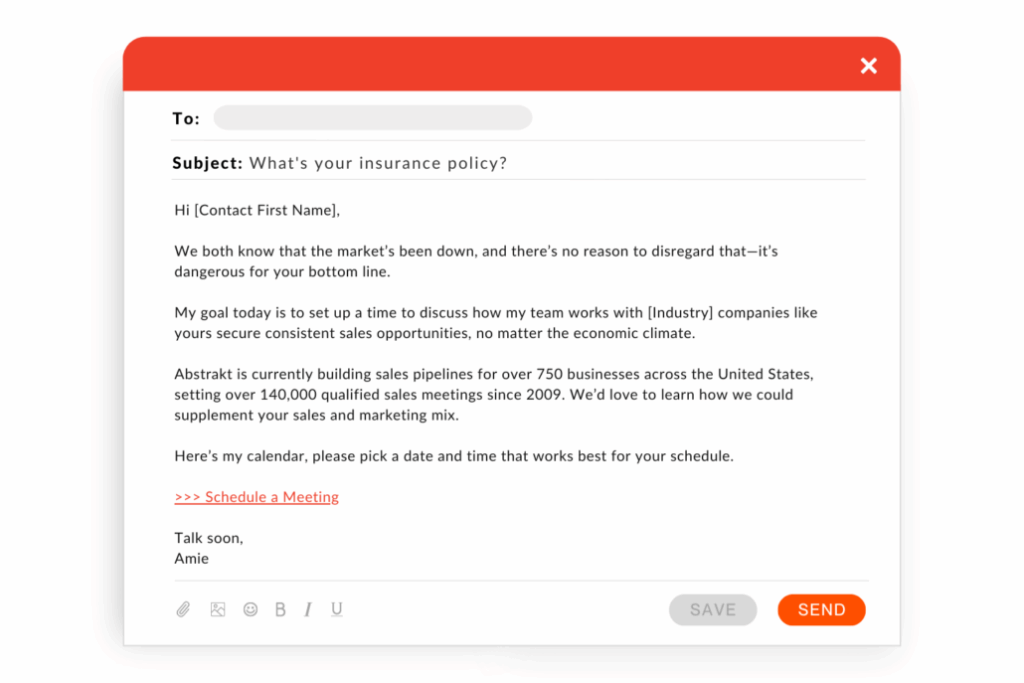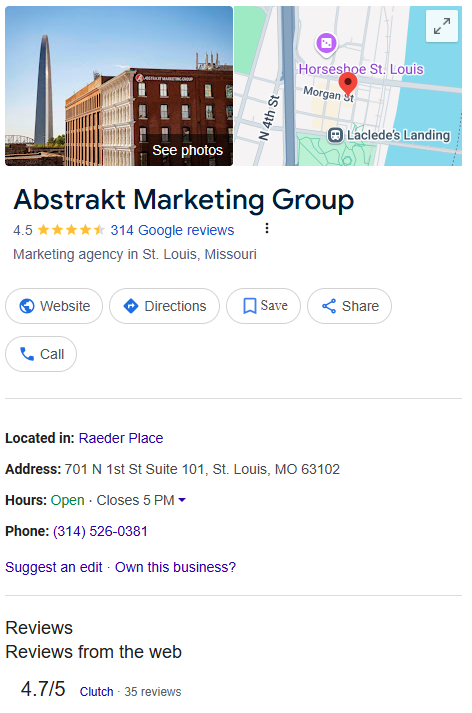10 Lead Generation Strategies to Accelerate Sales

Understanding Lead Generation
Lead generation is a fundamental aspect of any successful business strategy. It’s attracting and converting potential customers into leads interested in your products or services. Effective lead generation helps businesses expand their customer base and nurture relationships that lead to sales. In today’s competitive marketplace, understanding the principles of lead generation is more crucial than ever.
The Importance of Lead Generation for Business Growth
Lead generation is the lifeblood of any business looking to grow. Without a steady influx of leads, it becomes increasingly difficult to maintain sales and profitability. Lead generation strategies help companies to target the right audience and convert interest into tangible sales. This process not only builds brand awareness but also fosters customer loyalty.
By consistently generating leads, businesses can ensure they have a pipeline of potential customers, mitigating the risks associated with relying solely on existing clientele. This is particularly important for companies that operate in fast-moving industries, where consumer needs and preferences can shift rapidly.
Moreover, a robust lead generation strategy allows companies to experiment with different approaches, optimizing their outreach efforts to discover what resonates best with their target market.
Step Up Your Lead Generation – Get the Best Practices Guide Today!
The Role of Digital Marketing in Lead Generation
Marketing strategies have evolved to prioritize online platforms for lead generation. Digital marketing encompasses various tactics, including social media, content marketing, email campaigns, and more. By leveraging these channels, businesses can reach a wider audience than traditional methods allow.
Digital marketing also provides valuable data and analytics, enabling firms to refine their strategies and target their efforts effectively. By understanding consumer behavior and preferences, companies can tailor their marketing initiatives to convert more leads and enhance their overall marketing strategy.
Additionally, integrating tools like customer relationship management (CRM) systems allows businesses to track interactions with leads throughout the sales funnel, ensuring that no opportunity is overlooked. This data-driven approach improves lead conversion rates and helps build a more personalized experience for potential customers, which is increasingly becoming a key differentiator in a crowded marketplace.
Related Blog: Growing Digital Marketing Trends
Comprehensive Breakdown of Top 10 Lead Generation Strategies
Now that we’ve established the importance of lead generation let’s explore the top ten strategies that can help boost your business.
Strategy 1: Content Marketing
The Result: Stronger audience engagement by establishing authority and building trust.
Content marketing involves creating and sharing valuable content that attracts and engages your target audience. This can include blog posts, whitepapers, eBooks, and videos. By providing informative content, businesses can establish authority and credibility in their industry, which builds trust with potential customers.
Moreover, high-quality content optimizes website visibility on search engines, attracting organic traffic and generating leads over time. Regular updates to your content also encourage repeat visits and keep your audience engaged. Additionally, incorporating various formats such as infographics and podcasts can cater to different preferences among your audience, further broadening your reach and enhancing engagement.
Strategy 2: Social Media Marketing
The Result: Fostering direct engagement and meeting decision-makers where they’re scrolling.
Social media platforms are powerful tools for lead generation. They allow businesses to interact with potential customers directly, share updates, and promote content. Creating engaging posts encouraging shares and likes can increase your reach, leading to more potential leads.
Utilizing targeted advertising on platforms like Facebook and Instagram also enables businesses to capture the attention of a particular audience, driving traffic to landing pages or special offers designed for lead capture. Furthermore, leveraging user-generated content can amplify your brand’s authenticity, as potential customers often trust peer recommendations over traditional advertising.


Strategy 3: Email Marketing
The Result: Delivering personalized, targeted messages that nurture leads—right in your inbox.
Email marketing remains one of the most effective lead generation strategies. By creating targeted email campaigns, businesses can nurture leads through well-crafted messages that provide value to the recipient. Personalized emails have increased engagement and conversion rates, making this a crucial part of any lead strategy.
In addition, segmenting your email lists ensures that the right messages reach the right people, enhancing the likelihood of conversion and building a stronger relationship with potential customers. Implementing automated email sequences can also streamline the process, allowing for timely follow-ups and consistent communication that keeps your brand top-of-mind.
Strategy 4: Search Engine Optimization (SEO)
The Result: Increasing website visibility, attracting organic traffic, and aligning content with customer needs.
SEO focuses on optimizing your website and content to rank higher in search engine results. This strategy is essential for attracting organic traffic, increasing awareness, and generating leads. Conducting keyword research to identify what potential customers are searching for can help you align your content with their needs.
By improving your site’s visibility, you create opportunities for leads to find your business passively, which is often more cost-effective than paid marketing efforts. Additionally, optimizing for local SEO, such as your Google Business Profile (GBP), can attract nearby customers, making your business more accessible to those in your immediate area, therefore enhancing your lead generation potential.

Strategy 5: Pay-Per-Click (PPC) Advertising
The Result: Immediate lead generation by providing instant visibility and targeting specific audiences.
PPC advertising is an effective way to generate leads quickly. By paying to display your ads on search engines and other websites, you can target specific keywords relevant to your products or services. This instant visibility can drive traffic to your website, allowing you to capture leads almost immediately.
Careful monitoring and optimizing your PPC campaigns can improve return on investment by ensuring your expenditure is directed towards the most effective keywords, demographics, and ad placements. Additionally, retargeting strategies can help re-engage visitors who didn’t convert on their first visit, providing another opportunity to capture leads.
Discover the Best Fit for Your Business – Download Our FREE Lead Gen Comparison Guide.
Strategy 6: Webinars and Virtual Events
The Result: Fostering real-time engagement and showcasing expertise.
Hosting webinars and virtual events is an excellent way to engage potential leads and demonstrate your expertise. By offering valuable information in a format that encourages interaction, businesses can build rapport with their audience and gather contact information for follow-up.
Moreover, these events create an opportunity for real-time engagement, where participants can ask questions and learn more about your products or services in a more personal setting. Recording these sessions and making them available on-demand can also extend your reach, allowing those who missed the live event to benefit from the content and potentially convert into leads later.
Strategy 7: Influencer Marketing
The Result: Harnessing the credibility and reach of trusted individuals, enhancing brand visibility and trust.
Influencer marketing involves teaming up with individuals who have a substantial following in your industry. By leveraging their credibility and reach, you can introduce your brand to a broader audience likely to be interested in your offerings.
Collaborating with the right influencers can enhance your brand’s visibility and trustworthiness, creating leads that may not have been accessible through traditional marketing efforts. Additionally, co-creating content with influencers can provide fresh perspectives and engage their followers in an authentic and relatable way, further driving interest in your brand.

Strategy 8: Affiliate Marketing
The Result: Leveraging external partners’ audiences and fostering mutually beneficial relationships.
Affiliate marketing is a performance-based strategy where businesses pay external partners a commission for driving traffic or sales. This approach allows you to tap into the affiliate’s existing audience, creating more opportunities for lead generation without upfront costs.
By choosing the right affiliates that align with your brand, you can create mutually beneficial relationships that bolster your lead generation efforts while providing them the means to earn by promoting your products or services. Additionally, offering affiliates exclusive promotions or unique discount codes can incentivize them to promote your brand more vigorously, driving more traffic and leads.
Strategy 9: Networking
The Result: Steady stream of business opportunities by fostering professional relationships.
Networking is a classic but effective lead generation strategy. Building relationships with other professionals can lead to referrals and new business opportunities. Attend industry events, join relevant groups, and engage in online communities to establish connections.
By presenting yourself as approachable and knowledgeable, you can create a solid foundation for lead generation through word-of-mouth marketing and collaboration. Engaging in follow-up conversations after networking events further solidifies these connections, allowing you to nurture relationships that may yield leads in the future.
Strategy 10: Referral Programs
The Result: Influx of quality leads by tapping into the trust and satisfaction of existing customers.
Referral programs incentivize existing customers to refer new leads to your business. By rewarding customers for their referrals, you can generate new leads and strengthen relationships with current clients.
This strategy leverages consumers’ trust in recommendations from friends and family, making it a powerful tool in lead generation. Additionally, creating tiered referral rewards can motivate customers to refer more people, amplifying the potential for lead generation and fostering a community of brand advocates who are invested in your success.
Implementing Lead Generation Strategies Effectively
Implementing these lead generation strategies requires careful planning and execution. Understanding your audience, aligning marketing methods with their preferences, and continuously measuring results are crucial for success. The landscape of lead generation is ever-evolving, and staying ahead of trends can give your business a competitive edge. This means adopting current best practices and being willing to pivot and adapt as new technologies and consumer behaviors emerge.
Choosing the Right Strategy for Your Business
Not all strategies work for every business, so evaluating which methods resonate most with your target market is essential. Start by analyzing your audience’s behavior and preferences; this will inform your lead generation strategies. Consider conducting surveys or utilizing social media insights to gather data directly from potential customers. This proactive approach allows you to tailor your messaging and offers to meet their needs and interests.
Experimentation can also be beneficial. Implement multiple strategies concurrently and analyze which ones yield the most leads. Adjust based on performance to maximize your return on investment. A/B testing can be beneficial in this phase, as it allows you to compare different approaches and refine your tactics based on real-time feedback. Additionally, keeping an eye on your competitors can provide valuable insights into what strategies are working well in your industry.
Measuring the Success of Your Lead Generation Strategies
Finally, measuring the success of your lead generation strategies is vital for continual improvement. Utilize tools like Google Analytics to track traffic sources, conversion rates, and other key performance indicators. Beyond just numbers, qualitative data such as customer feedback can provide deeper insights into the effectiveness of your strategies. Engaging with leads through follow-up surveys can uncover valuable information about their journey and experience with your brand.
Regular analysis will help you identify what’s working and what isn’t, allowing you to make data-driven decisions that enhance your lead generation efforts over time. Moreover, setting specific goals and benchmarks can help you gauge progress and motivate your team. For instance, if you aim to increase lead conversion by 20% over the next quarter, you can break this down into actionable steps and monitor your advancements weekly.
Wrapping Up
By understanding lead generation and implementing effective strategies, your business can tap into many opportunities, convert leads into customers, and ultimately drive growth. The journey doesn’t end with acquiring leads; nurturing these relationships through targeted follow-up and personalized communication can significantly enhance customer loyalty and lifetime value.


